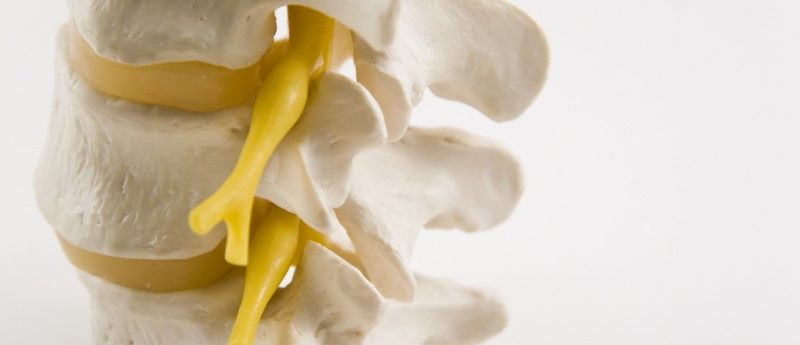Growth factors and biomaterials repair bone defects without utilizing patient tissue

Osteogenic factors Nell-1, HMGB1, and CCN2 were found to support significant bone healing at low doses when compared to the current most commonly used factor, BMP2.
Researchers from Erasmus Medical Center (The Netherlands) and University Hospital Würzburg (Germany) have reported three growth factors that significantly encouraged bone repair at low doses when compared to BMP2, the most commonly used agent to treat large bone defects. In a study, recently published in Tissue Engineering, Part A, the researchers suggested that Nell-1, HMGB1 and CCN2 in conjunction with biomaterials could be utilized in treat bone defects without the need to harvest patient tissue.
“The magnification of our understanding of best growth factor choices for bone repair—including the optimization of dosing to prevent side effects—is adding considerably to our capacity to control outcomes in bone tissue engineering,” explained Tissue Engineering co-Editor-in-Chief Peter C. Johnson.
In the study, Nell-1, HMGB1, CCN2 and BMP2 were directly compared in terms of their ability to recruit endothelial cells to the site of repair, promote the maturation of mesenchymal stem cells (MSCs) and fetal osteoblasts, and induce vascularization. Nell-1, HMGB1 and CCN2 were found to stimulate migration of both MSCs and endothelial cells but had no effect on MSC osteogenic differentiation. BMP2 was found to stimulate migration of endothelial cells and enhance of MSC osteogenic differentiation, but inhibited pre-osteoblast differentiation and mineralization.
However, as noted in the study, previous research has indicated the importance of both dosage and timing when utilizing growth factors as therapies. To assess the potency of Nell-1, HMGB1 and CCN2 for bone repair, further studies should investigate methods of therapeutic delivery.
Source: http://www.liebertpub.com/glob…